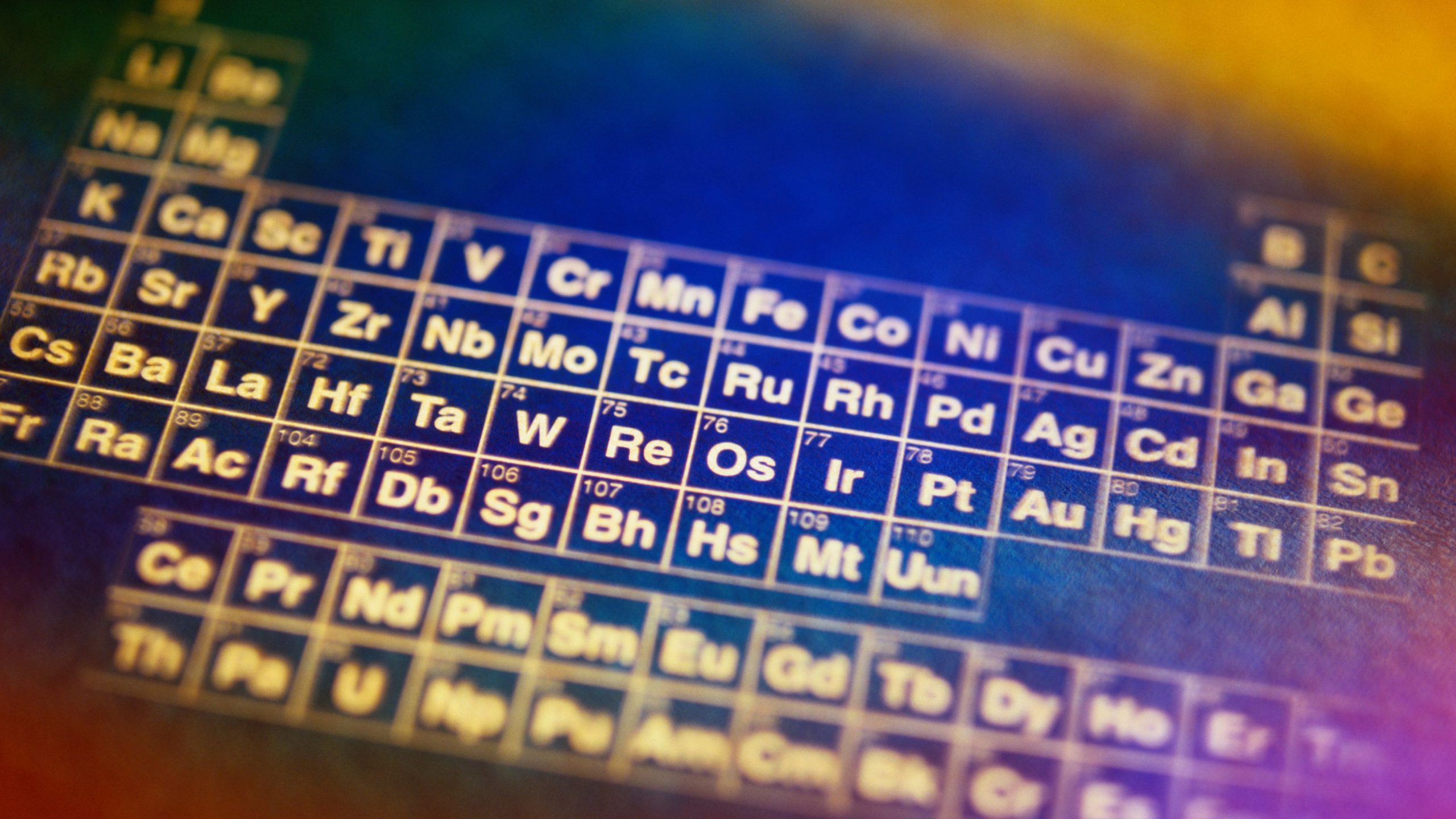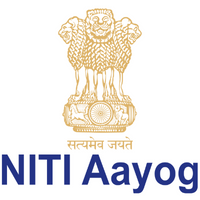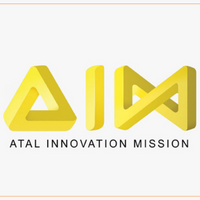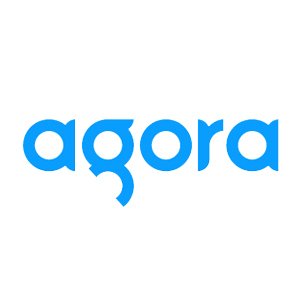The periodic table is a tabular arrangement of chemical elements grouped by atomic number, from the smallest to the largest atomic number. The number of protons in the nucleus of an atom of a given element is its atomic number. The periodic table was invented by Russian chemist Dmitri Mendeleev in 1869. The periodic table as we know it today is managed by the International Union of Pure and Applied Chemistry, or IUPAC.
Periodic table is in the syllabus of class 11th chemistry. It appears to be somewhat complicated at first glance. However, there are some techniques and tricks to learn the periodic table in an easy way. In this blog, there are some easy tricks to learn periodic table for class 11th chemistry students.
Get the Current Table
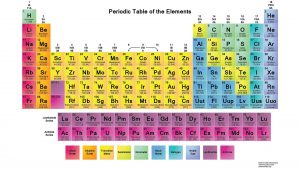
The first step is to get the current table to study. The table is updated frequently, and the most recent tables may be found at the IUPAC (International Union of Pure and Applied Chemistry). You can use interactive, clickable tables online or get free printable tables, even blank ones, to practice with.
Tricks to Learn Periodic Table for Class 11th Chemistry Students
Following are mentioned various tricks to remember periodic table for class 11th chemistry students:
Break Down the Table into Sections
The periodic table is divided into several sections. You could memorise different colour groups, go one row at a time, or memorise in sets of 15 elements. It’s a good idea to review and revisit the learnt sections from time to time.
Learn the elements in a song
This is one of the best tricks to learn periodic table. There is a popular song “We Just Crammed the Table” which can help you learn the table easily. If you learn better by hearing knowledge rather than seeing it on paper, this method works well.
Creating Abbreviations / Acronyms / Mnemonic Sentences
Make a phrase that is easy to remember out of the elements’ first letters or symbols. For example, you could use Happy Hector Likes Beer But Can’t Get Food for the first nine items. This is one of the easiest tricks to remember periodic table. Following are given some mnemonics that can be of great help to class 11th chemistry students:
Mnemonic of Group 13:
Group 13 is known as the Boron Group. It includes Boron (B), Aluminium (Al), Gallium (Ga), Indium (In), and Thallium (Tl). Its mnemonics are:
- B A G I T
- Began, Aaloo, Gajar In Thela
- Babar Ali Gallani Indian They (Tl)
Mnemonic for Group 14:
Group 14 is known as the Carbon Group. It includes Carbon (C), Silicon (Si), Germanium (Ge), Tin (Sn), and Lead (Pb). Following mnemonics can be used for this group:
- Chemistry Sir Gives Sanki Problems
- Cute Sisters Get Small (TINy) Problems
- Chemistry Sir Gaye Sunday Pub Main
Mnemonic for Group 15:
Group 15 is known as the Nitrogen Group. It consists of Nitrogen (N), Phosphorus (P), Arsenic (As), Antimony (Sb), and Bismuth (Bi). Mnemonics for this group are:
- Nahi Pasand Aise Sab Bhai
- Nahi Pyaare Aise Sab Bigad Jayega
- New Police Assigns Subordinate Bikram on duty
Mnemonic for Group 16:
Group 16 is known as the Oxygen Group. It includes Oxygen (O), Sulphur (S), Selenium (Se), Tellurium (Te), and the radioactive element Polonium (Po). Its mnemonics are:
- Oh! Style Se Tel Polish Ker
- Oh, Seema Sent The Post
- Oye Sun Saxena Teri Pol Kholu
Mnemonic for Group 17:
Group 17 is known as the group of Halogens. It includes Fluorine (F), Chlorine (Cl), Bromine (Br), Iodine (I), and Astatine (At). Its mnemonics are:
- “Floor Cleaner Broke?” I Asked it
- First Class Biriyani In Austria
- Faltu Class (mein) Boring Instructor Aata hai
Mnemonic for Group 18:
Group 18 is known as the group of Noble Gases, excluding Helium. The group includes Helium (He), Neon (Ne), Argon (Ar), Krypton (Kr), Xenon (Xe), and the radioactive Radon (Rn). Mnemonics for this group are:
- He Never Argue; Kal Xero Run pe out hua
- Hero Never Arrived; Kiran Xeroxed from Rohan
d-block Elements
Mnemonic for Period 4:
Period 4 elements include Scandium (Sc), Titanium (Ti), Vanadium (V), Chromium (Cr), Manganese (Mn), Iron (Fe), Cobalt (Co), Nickel (Ni), Copper (Cu) and Zinc (Zn). Its mnemonics are:
- Science Ti(ea)cher Vineeta Criplani (and) Manager Feroz Could Not Cut Zinc
- Science Ti(ea)cher Vineeta Criplani Man Fenko (FeCo) Ni Kyun (Cu) Zaan hai? (Read as: Science Teacher Vineeta Kriplani manfenko ni kyun zaan hai?)
Mnemonic for Period 5:
Period 5 includes Yttrium (Y), Zirconium (Zr), Niobium (Nb), Molybdenum (Mo), Technetium (Tc), Ruthenium (Ru), Rhodium (Rh), Pd (Palladium), Silver (Ag) and Cadmium (Cd). Mnemonics for this period are:
- Yes, Zero Nobody. Most Teachers Rechecked Rohan’s Papers Again to Confirm
- Yeh Zindagi Nahi Mohabbat Teri Ro Rokar Pukaregi Aaj (tujhe ye) Chandni
Mnemonic for Period 6:
Period 6 includes Lutetium (Lu), Hafnium (Hf), Tantalum (Ta), Tungsten (W), Rhenium (Re), Osmium (Os), Iridium (Ir), Platinum (Pt), Gold (Au) and Mercury (Hg). Its mnemonics are:
- Lundon H(f)ong Kong T(a)okyo Washington Re Osama Idhar nahin, Pata nahin Aur kahan H(g)ai
- Laxman’s Half Taken, Wasim Reached Out Iron Plate Audibly (for) Honey
Mnemonic for Period 7:
Period 7 includes Actinium (Ac), Rutherfordium (Rf), Dubnium (Db), Seaborgium (Sg), Bohrium (Bh), Hassium (Hs), Meitnerium (Mt), and Darmstadtium (Ds). Following are its mnemonics:
- Ak(c)ele R(f) D(b) S(g)harma ki B(h)ook mein H(s)ain Maths ke Difficult Sawaal
- Aktually, R D Sharma Book Has Maths Difficult Sums
f – block Elements
f-block elements can be divided into Lanthanides and Actinides.
Lanthanides include Cerium (Ce), Praseodymium (Pr), Neodymium (Nd), Promethium (Pm), Samarium (Sm), Europium (Eu), Gadolinium (Gd), Terbium (Tb), Dysprosium (Dy), Holmium (Ho), Erbium (Er), Thulium (Tm), Ytterbium (Yb) and Lutetium (Lu).
Lanthanides Part 1:
Cerium (Ce), Praseodymium (Pr), Neodymium (Nd), Promethium (Pm), and Samarium (Sm). Its mnemonic is:
- John Cena Parson New Delhi main Prime minister Se Mila
Lanthanides Part 2:
Europium (Eu), Gadolinium (Gd), Terbium (Tb), Dysprosium (Dy), and Holmium (Ho). Its mnemonic is:
- Europe Germany Turkey Denmark Holland
Lanthanides Part 3:
Erbium (Er), Thulium (Tm), Ytterbium (Yb) and Lutetium (Lu). Its mnemonic is:
- Engineer Tum Yebhi Luto
Actinides includes Thorium (Th), Protactinium (Pa), Uranium (U), Neptunium (Np), Plutonium (Pu), Americium (Am), Curium (Cm), Berkelium (Bk), Fermium (Fm), Mendelevium (Md), Nobelium (No), and Lawrencium (Lr).
Actinides Part 1:
Thorium (Th), Protactinium (Pa), Uranium (U), and Neptunium (Np). Its mnemonic is:
- Thode Papa Unse Napenge.
Actinides Part 2:
Plutonium (Pu), Americium (Am), Curium (Cm), Berkelium (Bk). Its mnemonic is:
- Purana Aam K(C)am Bikenge.
Actinides Part 3:
Fermium (Fm), Mendelevium (Md), Nobelium (No), and Lawrencium (Lr). Its mnemonic is:
- Final Mood No Larai

